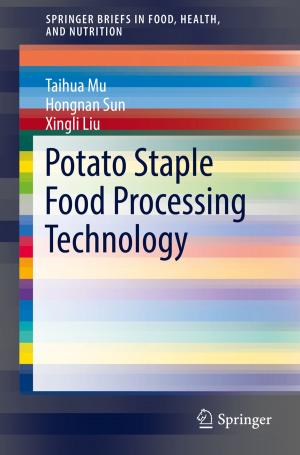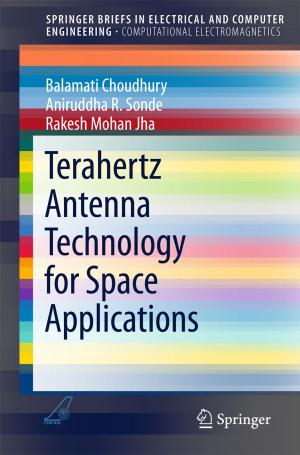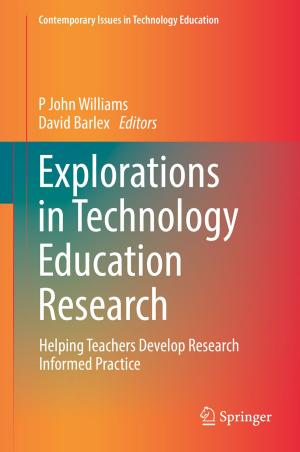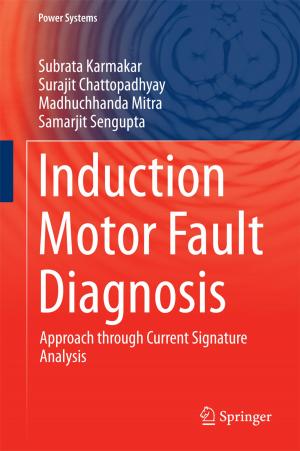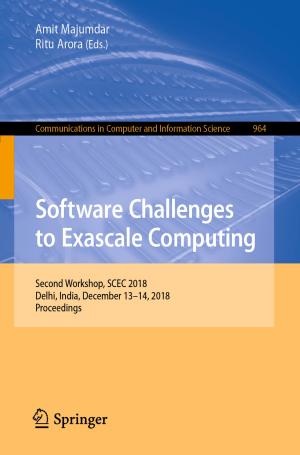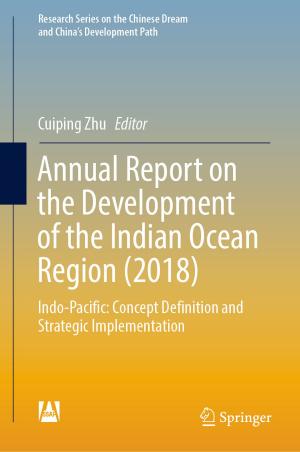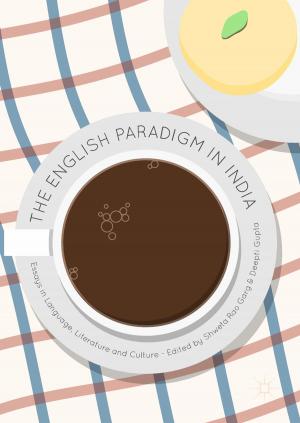Tongue Image Analysis
Nonfiction, Computers, Advanced Computing, Engineering, Computer Vision, Application Software, Computer Graphics, General Computing| Author: | David Zhang, Hongzhi Zhang, Bob Zhang | ISBN: | 9789811021671 |
| Publisher: | Springer Singapore | Publication: | February 28, 2017 |
| Imprint: | Springer | Language: | English |
| Author: | David Zhang, Hongzhi Zhang, Bob Zhang |
| ISBN: | 9789811021671 |
| Publisher: | Springer Singapore |
| Publication: | February 28, 2017 |
| Imprint: | Springer |
| Language: | English |
This is the first book offering a systematic description of tongue image analysis and processing technologies and their typical applications in computerized tongue diagnostic (CTD) systems. It features the most current research findings in all aspects of tongue image acquisition, preprocessing, classification, and diagnostic support methodologies, from theoretical and algorithmic problems to prototype design and development of CTD systems.
The book begins with a very in-depth description of CTD on a need-to-know basis which includes an overview of CTD systems and traditional Chinese medicine (TCM) in order to provide the information on the context and background of tongue image analysis. The core part then introduces algorithms as well as their implementation methods, at a know-how level, including image segmentation methods, chromatic correction, and classification of tongue images. Some clinical applications based on these methods are presented for the show-how purpose in the CTD research field. Case studies highlight different techniques that have been adopted to assist the visual inspection of appendicitis, diabetes, and other common diseases. Experimental results under different challenging clinical circumstances have demonstrated the superior performance of these techniques.
In this book, the principles of tongue image analysis are illustrated with plentiful graphs, tables, and practical experiments to provide insights into some of the problems. In this way, readers can easily find a quick and systematic way through the complicated theories and they can later even extend their studies to special topics of interest. This book will be of benefit to researchers, professionals, and graduate students working in the field of computer vision, pattern recognition, clinical practice, and TCM, as well as those involved in interdisciplinary research.
This is the first book offering a systematic description of tongue image analysis and processing technologies and their typical applications in computerized tongue diagnostic (CTD) systems. It features the most current research findings in all aspects of tongue image acquisition, preprocessing, classification, and diagnostic support methodologies, from theoretical and algorithmic problems to prototype design and development of CTD systems.
The book begins with a very in-depth description of CTD on a need-to-know basis which includes an overview of CTD systems and traditional Chinese medicine (TCM) in order to provide the information on the context and background of tongue image analysis. The core part then introduces algorithms as well as their implementation methods, at a know-how level, including image segmentation methods, chromatic correction, and classification of tongue images. Some clinical applications based on these methods are presented for the show-how purpose in the CTD research field. Case studies highlight different techniques that have been adopted to assist the visual inspection of appendicitis, diabetes, and other common diseases. Experimental results under different challenging clinical circumstances have demonstrated the superior performance of these techniques.
In this book, the principles of tongue image analysis are illustrated with plentiful graphs, tables, and practical experiments to provide insights into some of the problems. In this way, readers can easily find a quick and systematic way through the complicated theories and they can later even extend their studies to special topics of interest. This book will be of benefit to researchers, professionals, and graduate students working in the field of computer vision, pattern recognition, clinical practice, and TCM, as well as those involved in interdisciplinary research.

